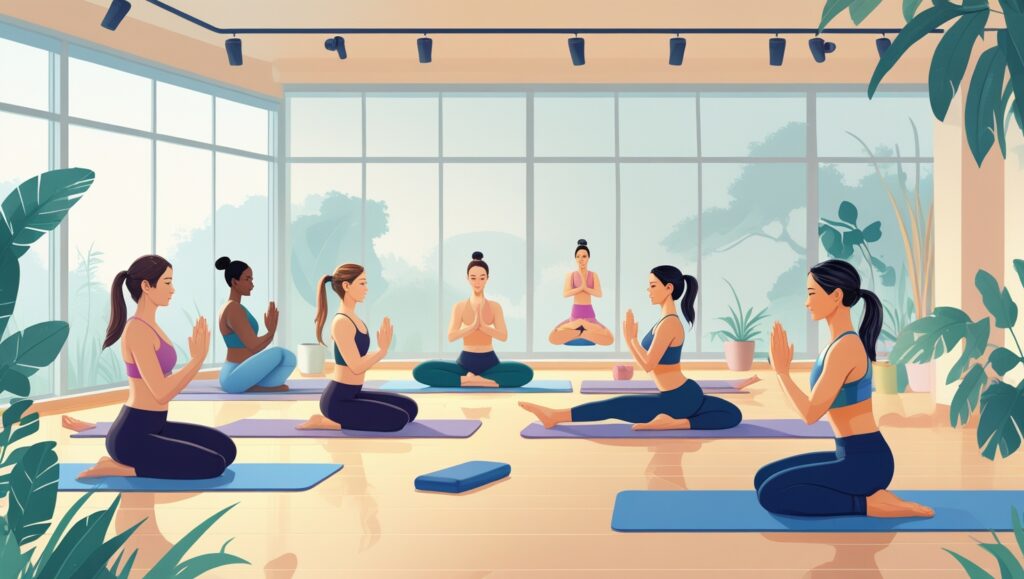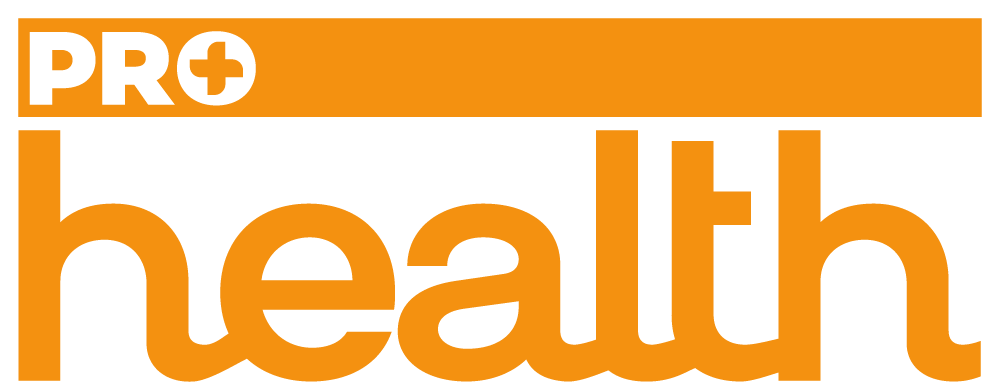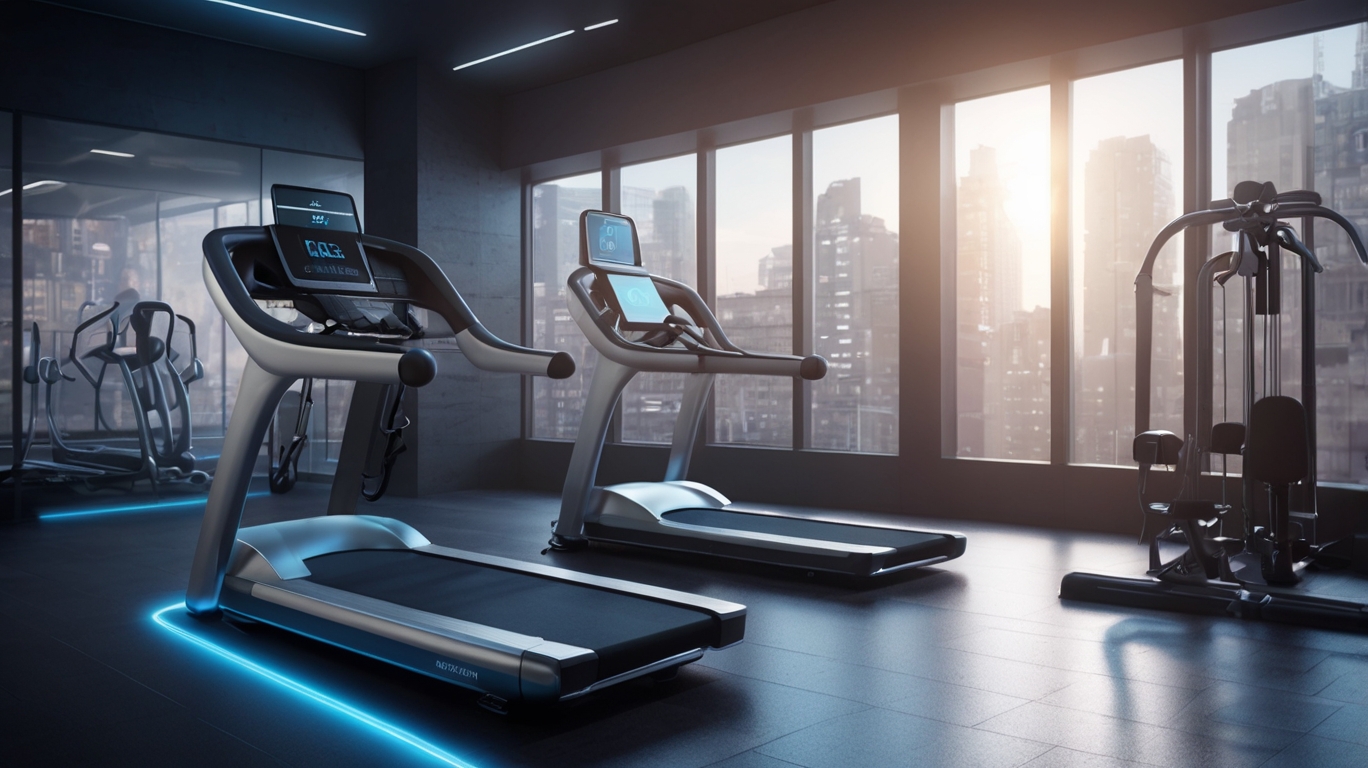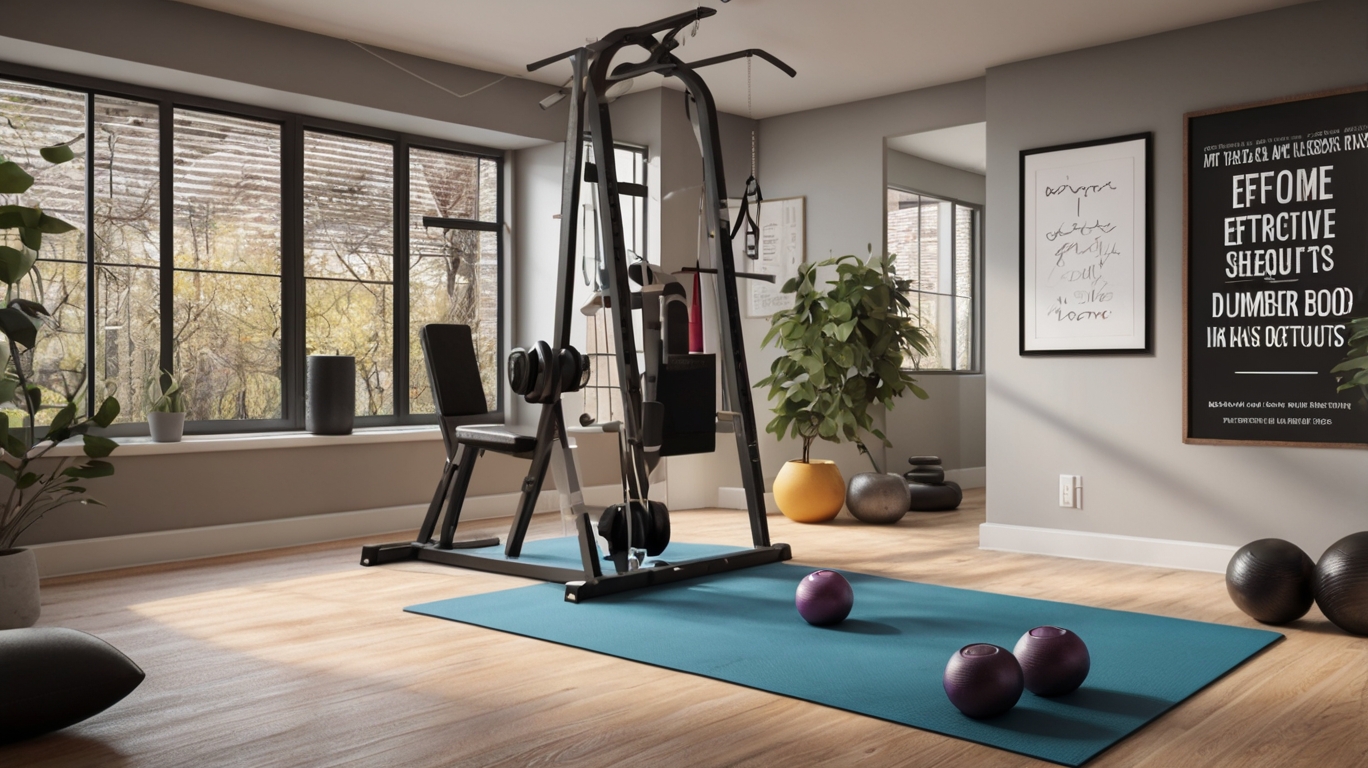In today’s busy lifestyle, maintaining a flexible, strong body is essential for overall health and longevity. Yoga and Pilates have emerged as popular fitness modalities that not only enhance physical strength and flexibility but also improve mental clarity and emotional balance. Whether you’re a beginner or a seasoned practitioner, adopting these practices can lead to significant improvements in your quality of life. In this comprehensive guide, we will explore the numerous benefits of yoga and Pilates for both flexibility and strength, the scientific rationale behind these practices, practical routines, and how to incorporate them into your daily regimen for long-term results.

Understanding Yoga and Pilates
Both yoga and Pilates are mind-body practices that promote balance, strength, and flexibility, though they come from different traditions and emphasize different aspects of physical and mental fitness.
What is Yoga?
Yoga is an ancient practice that originated in India and has been embraced worldwide. It incorporates physical postures (asanas), breath control (pranayama), and meditation to enhance the body’s strength, flexibility, and inner peace. Key components of yoga include:
- Physical Postures: Improve balance, flexibility, and muscle strength.
- Breath Control: Regulates energy flow and calms the mind.
- Meditation and Mindfulness: Reduces stress and enhances mental clarity.
What is Pilates?
Developed by Joseph Pilates in the early 20th century, Pilates is a form of exercise that emphasizes core strength, stability, and controlled movements. While it shares similarities with yoga, Pilates focuses more on:
- Core Strength: Targeting the muscles of the abdomen, lower back, and pelvic area.
- Postural Alignment: Enhancing body mechanics and reducing risk of injury.
- Controlled Breathing: Using breath to support movement and maintain focus.
The Physical Benefits: Flexibility and Strength
Both yoga and Pilates help in achieving a balanced body by enhancing flexibility and strength. Here are the key benefits in detail:
Flexibility
Yoga:
- Improved Range of Motion: Regular practice of yoga asanas like Downward Dog, Child’s Pose, and Seated Forward Bend steadily increase joint flexibility.
- Muscle Relaxation: Gentle stretching helps relieve tension and improves circulation, which leads to healthier tissues and ligaments.
- Stress Reduction: The meditative aspects of yoga help reduce muscle tightness caused by stress.
Pilates:
- Dynamic Stretching: Pilates exercises, such as the Swan and The Hundred, incorporate dynamic movements that improve flexibility.
- Spinal Mobility: Emphasis on spinal articulation improves back flexibility and overall posture.
- Balanced Muscle Development: Pilates promotes flexibility across muscle groups, preventing imbalances and reducing the risk of injury.
Strength
Yoga:
- Bodyweight Training: Many yoga poses, including Plank, Warrior, and Chair Pose, build strength by requiring you to support your body weight.
- Stabilizing Muscles: The focus on balance and alignment engages deep stabilizing muscles, crucial for overall strength.
- Endurance: Regular practice builds muscle endurance, allowing you to hold poses for longer periods.
Pilates:
- Core Dominance: Exercises focus primarily on the core, leading to enhanced stability and strength throughout the body.
- Resistance Movements: Controlled movements using small ranges of motion help build muscle without excessive strain on joints.
- Refined Muscle Control: Pilates teaches precision in movement, which optimizes the way muscles work together for strength and coordination.
Scientific Evidence Supporting Yoga and Pilates
Numerous studies have confirmed the physical and mental benefits of both practices. Research suggests that:
- Yoga significantly reduces levels of cortisol (the stress hormone), which is linked with weight gain and chronic diseases.
- Pilates enhances core strength and stability, leading to improved balance and a decreased risk of injuries.
- Combination practices that integrate flexibility, strength, and mindfulness improve overall quality of life, reduce anxiety, and boost mental well-being.
A study published in the Journal of Alternative and Complementary Medicine showed that participants practicing yoga and Pilates experienced a noticeable improvement in both physical strength and emotional health over a 12-week period.
Internal Link:
For more insights into holistic well-being, read our article Mindfulness and Meditation: Techniques for a Balanced Life.
Creating a Balanced Practice: How to Integrate Yoga and Pilates
Successfully incorporating yoga and Pilates into your routine involves careful planning and consistency. Here’s a step-by-step guide to help you build a balanced practice that enhances both flexibility and strength:
1. Identify Your Goals
Before starting, clarify your goals:
- Flexibility: Are you looking to improve range of motion or reduce muscle tension?
- Strength: Do you want to build core stability or overall muscle tone?
- Mental Benefits: Are you aiming to reduce stress and improve focus?
Understanding your objectives helps tailor your practice to your specific needs.
2. Develop a Mixed Routine
Incorporate both yoga and Pilates sessions into your weekly schedule:
- Alternate Sessions: For example, practice yoga on Mondays, Wednesdays, and Fridays and Pilates on Tuesdays and Thursdays.
- Combined Routines: Some classes blend elements of both, offering a well-rounded workout.
- Rest Days: Ensure you have at least one full rest day per week to allow for recovery.
3. Focus on Technique and Alignment
Proper technique is crucial to avoid injuries and maximize benefits:
- Professional Guidance: Consider classes or tutorials from certified instructors.
- Mirror Practice: Use a mirror to check your form, especially when you’re new to these exercises.
- Feedback Tools: Use apps or wearable devices that help correct posture and track progress.
4. Use Props and Modifications
Props such as yoga blocks, straps, and Pilates rings can make exercises more accessible, especially if you’re just starting:
- Modifications: Adapt poses to match your flexibility and strength level.
- Transition Gradually: Over time, reduce reliance on props as your strength and stability improve.
Internal Link:
For further inspiration on building a versatile fitness routine, explore At-Home Workouts: 20 Effective Exercises for a Stronger Body.
5. Incorporate Mindfulness into Your Practice
Both yoga and Pilates are more than just physical exercises—they are practices that cultivate mindfulness:
- Breath Awareness: Focus on deep, controlled breathing during each movement.
- Present Moment Focus: Concentrate on the sensations in your body to enhance mental clarity and reduce stress.
- Meditative Component: End each session with a few minutes of relaxation or meditation to consolidate the benefits.
Lifestyle Factors That Enhance the Benefits of Yoga and Pilates
Achieving long-term improvements in flexibility and strength also requires a supportive lifestyle. Here are additional factors that can further enhance your practice:
Nutrition
A healthy diet fuels your body and aids in muscle recovery and flexibility:
- Hydration: Drinking plenty of water helps maintain muscle elasticity.
- Whole Foods: Focus on nutrient-rich foods that support muscle repair and reduce inflammation.
- Balanced Meals: Incorporate proteins, healthy fats, and carbohydrates in every meal.
Internal Link:
Check out our article Healthy Eating Habits for more guidance on nutrition.
Sleep
Restorative sleep is crucial for muscle recovery and overall well-being:
- Consistent Sleep Schedule: Aim for 7-9 hours per night.
- Sleep Environment: Ensure a dark, quiet, and cool room to promote restful sleep.
- Pre-Sleep Routine: Relax with a short meditation or a warm bath before bed.
Stress Management
Chronic stress can undermine even the best exercise routines:
- Mindfulness Meditation: Incorporate daily mindfulness practices to manage stress.
- Social Support: Engage with community groups or find a workout buddy who shares your wellness goals.
- Time Management: Prioritize self-care and balance work, family, and exercise.
Practical Routines and Programs
Sample Weekly Routine
Here’s an example schedule that integrates yoga, Pilates, and complementary lifestyle practices:
| Day | Activity |
|---|---|
| Monday | 45 minutes of Vinyasa Yoga (focus on flexibility) |
| Tuesday | 30 minutes of Pilates focusing on core strength |
| Wednesday | 45 minutes of Hatha Yoga (focus on relaxation & balance) |
| Thursday | 30 minutes of Pilates; 15 minutes meditation |
| Friday | 45 minutes of Yoga and mindful stretching |
| Saturday | Mixed session: 20 minutes of Pilates + 20 minutes yoga |
| Sunday | Rest day: Light walk, mindfulness, and deep stretching |
Tips for Long-Term Success
- Gradual Progress: Increase the intensity and duration of sessions over time.
- Consistency: Even short daily sessions yield significant benefits when practiced consistently.
- Accountability: Set measurable goals and track progress using fitness apps or journals.
- Community Engagement: Joining classes or online forums creates a support network that keeps you motivated.
The Mental and Emotional Benefits
While the physical benefits of yoga and Pilates—such as enhanced flexibility and strength—are widely recognized, their impact on mental health is equally significant.
Reducing Anxiety and Stress
Both practices emphasize mindful movement and controlled breathing, which can effectively lower cortisol levels and reduce feelings of anxiety and stress.
- Yoga: Incorporates meditation and deep relaxation, leading to improved mood and emotional balance.
- Pilates: Emphasizes control and precision, fostering focus and reducing mental clutter.
Enhancing Cognitive Function
Studies have shown that regular engagement in mind–body practices can improve concentration, memory, and even creativity. This cognitive boost is due, in part, to the increased blood flow to the brain and the practice of mindful awareness.
Overcoming Obstacles
Despite the numerous benefits, many individuals encounter challenges when adopting yoga and Pilates. Here are some common obstacles and strategies to overcome them:
1. Physical Limitations
- Modification: Use props (blocks, straps) to modify poses.
- Progress at Your Own Pace: Don’t compare your progress with others.
- Professional Guidance: Consider private lessons or online tutorials for personalized instruction.
2. Motivation
- Set Clear Goals: Identify your “why” behind pursuing a healthier body.
- Variety: Mix up your routines to keep the practice engaging.
- Accountability: Join classes or online communities for support.
3. Time Constraints
- Short Sessions: Even 15–20 minutes a day can have a positive impact.
- Incorporate Mindful Breaks: Use short breathing exercises during work breaks.
Long-Term Maintenance
Achieving long-term results from yoga and Pilates requires adopting these practices as part of a holistic, sustainable lifestyle. Here are some key factors for long-term maintenance:
- Regular Practice: Aim for consistency rather than perfection.
- Holistic Health: Complement your practice with proper nutrition, sleep, and stress management.
- Periodic Evaluation: Reassess your routine and goals periodically to ensure continued progress.
- Adaptability: As your body and lifestyle change, be open to modifying your routine.
For further inspiration, explore our other posts such as Healthy Eating Habits, Mindfulness and Meditation: Techniques for a Balanced Life, and At-Home Workouts: 20 Effective Exercises for a Stronger Body.
Frequently Asked Questions
Q: What is the main difference between Yoga and Pilates?
A: While both focus on mind-body integration, yoga emphasizes flexibility, breath control, and meditation, whereas Pilates is primarily about building core strength, improving posture, and controlled movements.
Q: How often should I practice to see long-term results?
A: Consistency is key. Aim to practice at least 3-4 times per week and incorporate shorter daily sessions to maintain progress.
Q: Can beginners start both yoga and Pilates?
A: Yes. Many classes offer modifications for beginners, and several online programs allow you to progress at your own pace.
Final Thoughts
Yoga and Pilates offer a holistic approach to fitness that promotes not only flexibility and strength but also mental clarity and stress reduction. By integrating these practices into your daily routine, you can achieve sustainable long-term benefits that enhance your quality of life. Remember, the journey to a healthier, more balanced body is gradual and personal—embrace every step of the process.
With dedication, consistency, and the right combination of physical activity, mindful movement, and proper lifestyle habits, you can transform your well-being and achieve lasting results.
Share this content:









